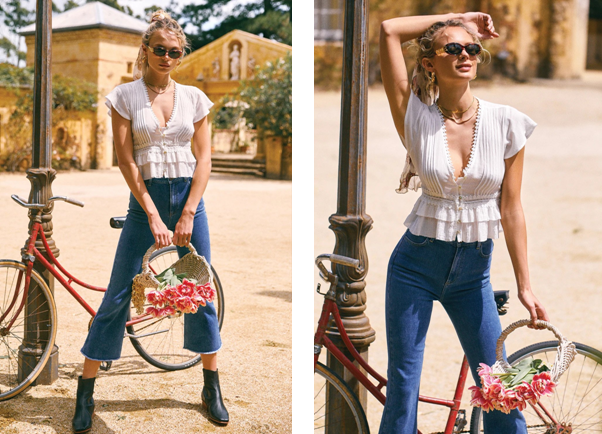As part of the modern digital world, our shopping culture is also undergoing its metamorphoses and moving towards e-shops. However, online shopping gives us access to goods, no matter where we are and has its advantages – it allows us to compare prices, track similar items, receive exclusive offers only online , etc. In addition to all this, we save time. For product photos of clothes it is very important to show details
And if we talk about clothes, we can look at our favorite brands, different catalogs much more conveniently, and quite often it is easier to find clothes of our exact sizes online than when we rummage on the shelves in physical stores . Today, so many online retailers offer free shipping and free return options that shopping for clothes is proving to be a really hassle-free process. This in turn stimulates more and more brands and retailers to optimize their e-shops. As a result, we are flooded with ads, videos, photos.
But have you noticed how we happen to miss some of them without paying any attention to them, while we stop at others, even if we don’t have a specific need for these clothes, right now? Although fashion trends come and go every season, there is one thing that does not change – a well-made and influential product photo.
What is the key to creating attractive images of clothes?
In general, all online clothing retailers have a large variety of items , which confronts them with the same problem. It is difficult for them to get quality product images in a short time to update their online presence.
That is why it is good to get acquainted with some basic principles, techniques and details , with which we could be useful and sought after, as product photographers of clothing.
If we look at the online stores of leading world brands we will notice that mannequins or live models are used for the product photos of clothes. Images of clothes with a mannequin are cheaper, easier to realize, do not require additional effort and certainly save time. With them, the clothes definitely acquire realistic human forms.
In case we have doubts that the mannequin shots would look too cheap or that the mannequin will divert the attention of the users from the clothes in our product photos, we can resort to a trick often used by professional photographers – a ghostly mannequin.
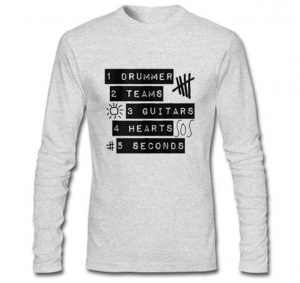
Photo: https: //www.bigcartel.com/
Its most significant advantage is that it provides a three-dimensional view of the garment, and customers gain a clearer idea of how the garment looks on the body. Recently, more and more popularity in product photography is gaining, etc. magic mannequins that are modular and allow configuration according to the type of clothing. They are made of durable plastic material and are ideal for intensive use. The magnetic interfaces at the bottom allow configurations for photos from different angles.
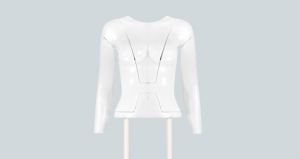
On the other hand, if we hire a model, we can significantly expand our capabilities to create a suitable environment and images in the context. and your work. Successful people in this industry often choose models that represent their target customer, and this is a particularly relevant solution for social media posts.
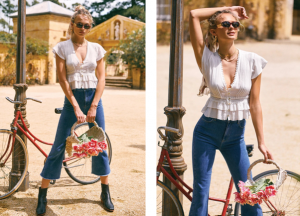
Photos: https://arnhem.co/
The more context we associate with clothes, the more likely it is that the target audience will resonate with the specific product and buy it. However, if we are looking for a successful way to present clothes online, the best choice would be to combine the images. So they will complement each other, help to visually scale each element and create a unique visitor experience in the online store. .
For clothing photography , it is essential to take three, ideally five, maximum ten photos per item. The most effective shots include front, back and side views of the garment, as well as various combinations in a real or studio environment.
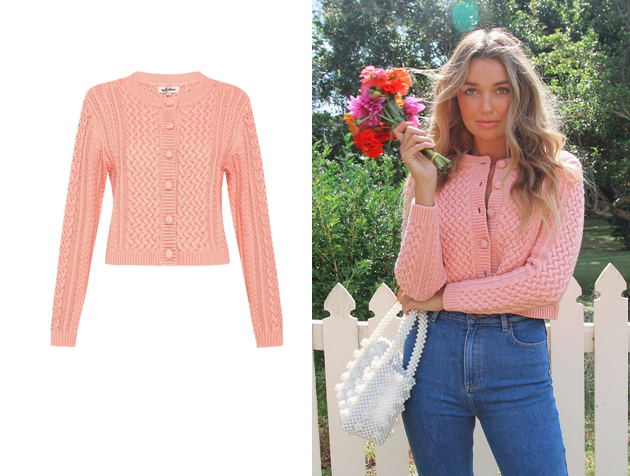
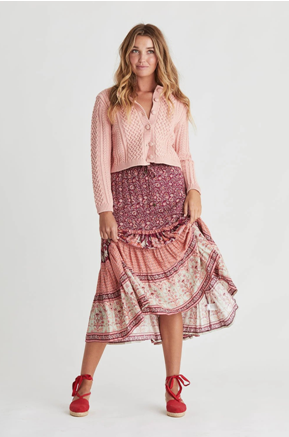
Photos: https://arnhem.co/
An alternative way to take pictures of clothes for an online store is the so-called flat photo or flatlay. This style is a leader in social networks, but is especially suitable for combining the main item with accessories or other clothes that can be offered in a set.
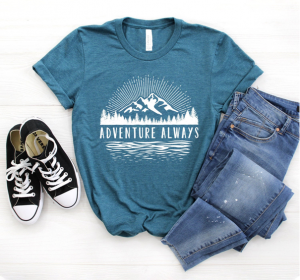
Photo: http://confessionsofafrugalmind.blogspot.com/
Including group photos with accessory kits and shooting in a real environment, is usually a winning solution.
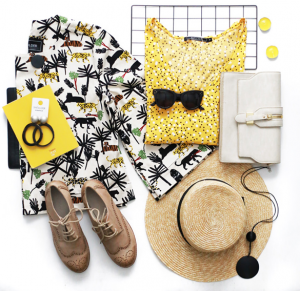
Photo: http://fashioncoolture.com.br/
For product photos of clothes it is very important to show details
Consumers themselves are very skeptical about product quality when they only look at a photo. There is nothing more unpleasant for the customer than to receive a product that does not correspond to his ideas acquired only from the product images.
Therefore, it is imperative to focus on such elements as fabric, stitches, zippers, buttons, patterns, logos and everything that would distinguish the particular garment we are shooting. Preferred among users are online stores, which provide a function to activate photo zoom. This requires close-up and high-resolution shots.
Before we start with the photos, it is necessary to prepare the clothes and their accessories . The preparation consists in bringing them in a perfect, aesthetically pleasing shape – without creases, without hanging threads and protruding labels of our work.
Only when we are sure that we have a plan for the photos and the clothes are ready can we move on to the actual realization of the product images of clothes.
There are two key elements to a good product photo:
- correct perspective
- Appropriate lighting
When it comes to lighting, fabrics can be extremely difficult and challenging to work with. The garments are made of a wide range of fabrics, such as cotton, spandex, nylon, acrylic, wool, linen, cashmere, silk.
Some fabrics have reflective properties, such as silk, while others, such as velvet, tend to absorb light. Fabric with a large number of threads, with a high density will provide us with a smoother surface. While loose fabrics will create a very rough surface that will emphasize dark shadows.
We must keep in mind that a hard light source will create too raw contrast of the shadows and will give a rough look to the clothes. When shooting clothes, soft, diffused light , which will reduce glare from reflective fabrics or accessories and emphasize details, will be much more appropriate.
If we are shooting in a studio or using studio light we will need key (directional) light, fill light and back (backlight). The key light is our main source – it is aimed directly at the product. The fill light is secondary, with lower intensity. We usually place the backlight behind or above the subject to emphasize it better against the background.
In case we use natural light and take pictures outside, we must keep in mind that the bright sun can make it difficult for us because of the shadows that will fall. The best time to shoot is usually immediately after sunrise or a few hours before sunset, when the light is softer.
For perfect results, professional photographers often mix natural and artificial light sources. For product photos of clothes, it is important to note a few details related to lenses and focal length.
If we are going to take photos with short focal lengths, such as 18 mm or 35 mm, our images may get an unwanted distortion effect and the clothes may look bigger than they really are. For this purpose we can use the whale lens 18-55 mm, by setting magnification up to 55 mm.
It is important to remember that we will need a lens with a short focal length to maximize the field of view.
When taking product photos of clothes, professionals recommend choosing a high f / stop, between f / 8 and f / 11. As a result, we will be able to focus more properly on the elements and focus on certain details.
For shallow focus we need to set lower aperture f / 2.8.
When taking pictures of clothes for e-commerce, sometimes we need numerous images of items of different colors. In order to save time and not shoot any color variation it is necessary to shoot only one color.
At the post-processing stage we can change the colors using Photoshop.
As we have already learned, there are many different ways we can apply to demonstrate clothing intended for sale online. Let’s choose the one with which we will be sure that our product photos of clothes are different and will have the strongest impact on consumers.
